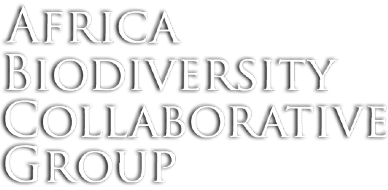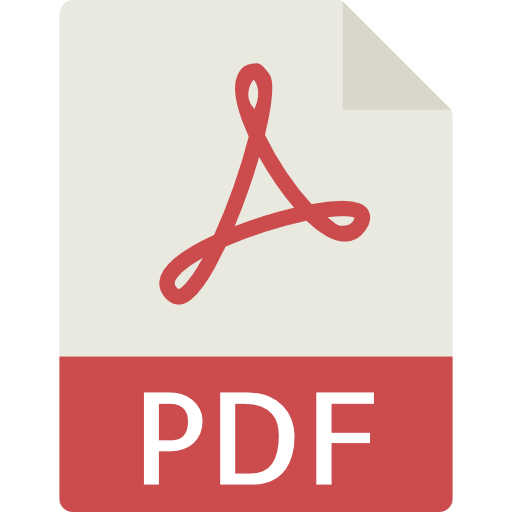This policy brief, authored by Anne-Gaelle Javelle and Peter Veit of WRI, presents the legal and regulatory background for mining and conservation in DRC. In recent years, there has been an increase in the number of exploration and exploitation concessions granted by the DRC government. In January 2011, the Ministry of Mining listed 7,732 mineral permits covering 112,731,739 hectares, which represents 48 percent of the DRC territory . The re-entry of industrial investments is encouraging in terms of economic development, but it has also resulted in overlapping land uses, highlighting the need to clarify the balance between mining and conservation. In contrast with the well-publicized case of petroleum exploration in the Virunga National Park, mining concessions in protected areas have received considerably less attention by the popular media and civil society. According to WRIs analysis, more than 3.5 million hectares under mining permits are located inside protected areas.
This brief lists the ten companies holding the largest area of mining permits within the DRC protected estate. WRI also obtained an updated list of mining permits in DRC, and analyzed trends between 2011 and 2012 with regards to overlaps with protected areas. WRI developed a map of DRC showing overlaps between 2012 mining permits and areas of important biodiversity identified by the Ministry of Environment with WWF support. The brief also includes a list of companies holding titling in protected areas and in areas of important biodiversity, including companies listed with the SEC.
Finally, the authors examine the loopholes available in the DRC Mining Code that allow for some mining operations inside the protected estate and spell out their recommendations for addressing the overlaps between mining and conservation areas. DRCs contradictory laws, inconsistent information and weak inter-governmental coordination create confusion, uncertainty, and misunderstandings for government agencies, rural populations, and companies. The authors recommend that a minimum, the government of DRC should: 1) harmonize the Mining Code and environmental laws regarding exploration and exploitation in high biodiversity areas, including protected areas; 2) develop national and local land-use policies and plans that recognize communities, conservation and concessions; and 3) build institutional capacity and provide sufficient funding to ensure effective implementation and enforcement of these laws. In the absence of these reforms, companies committed to meeting social and environmental standards should double-check their information on protected areas to ensure they are operating within the law and outside the protected estate.


Add a Comment